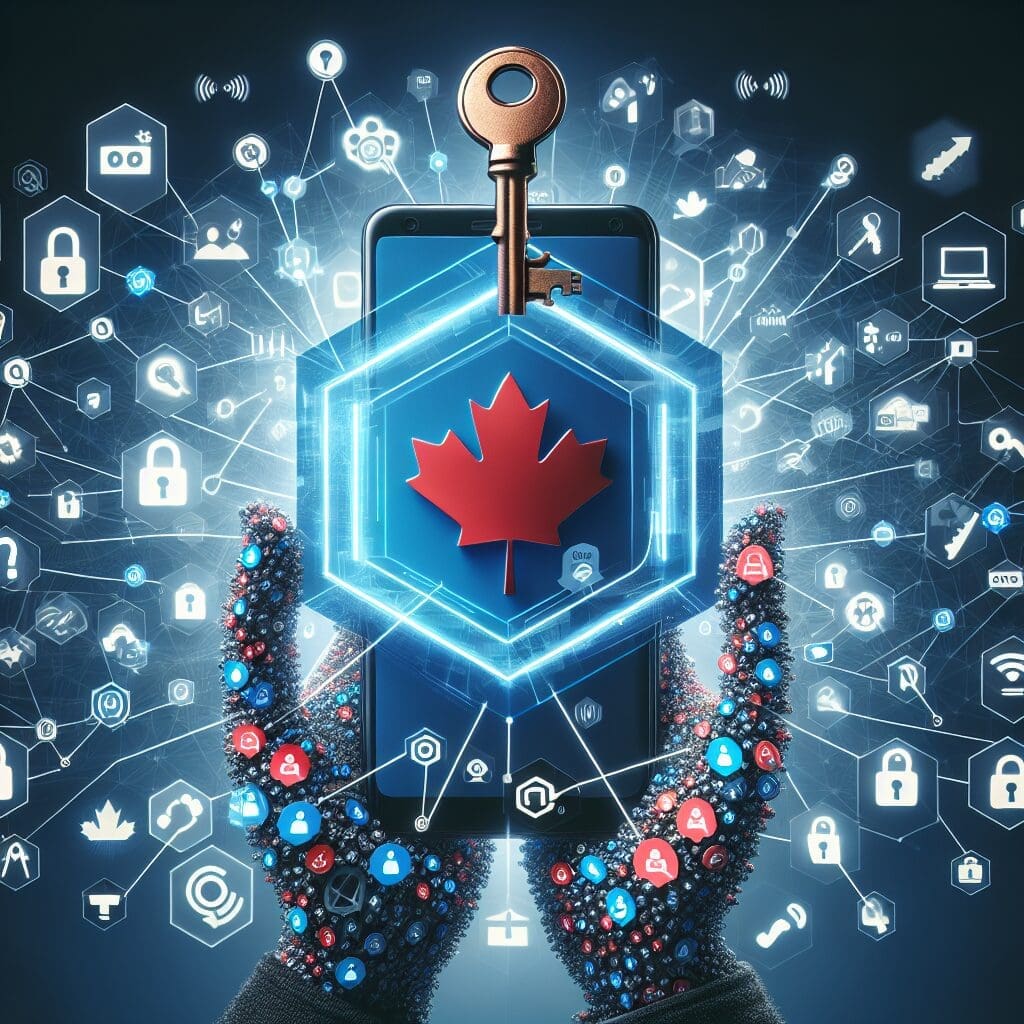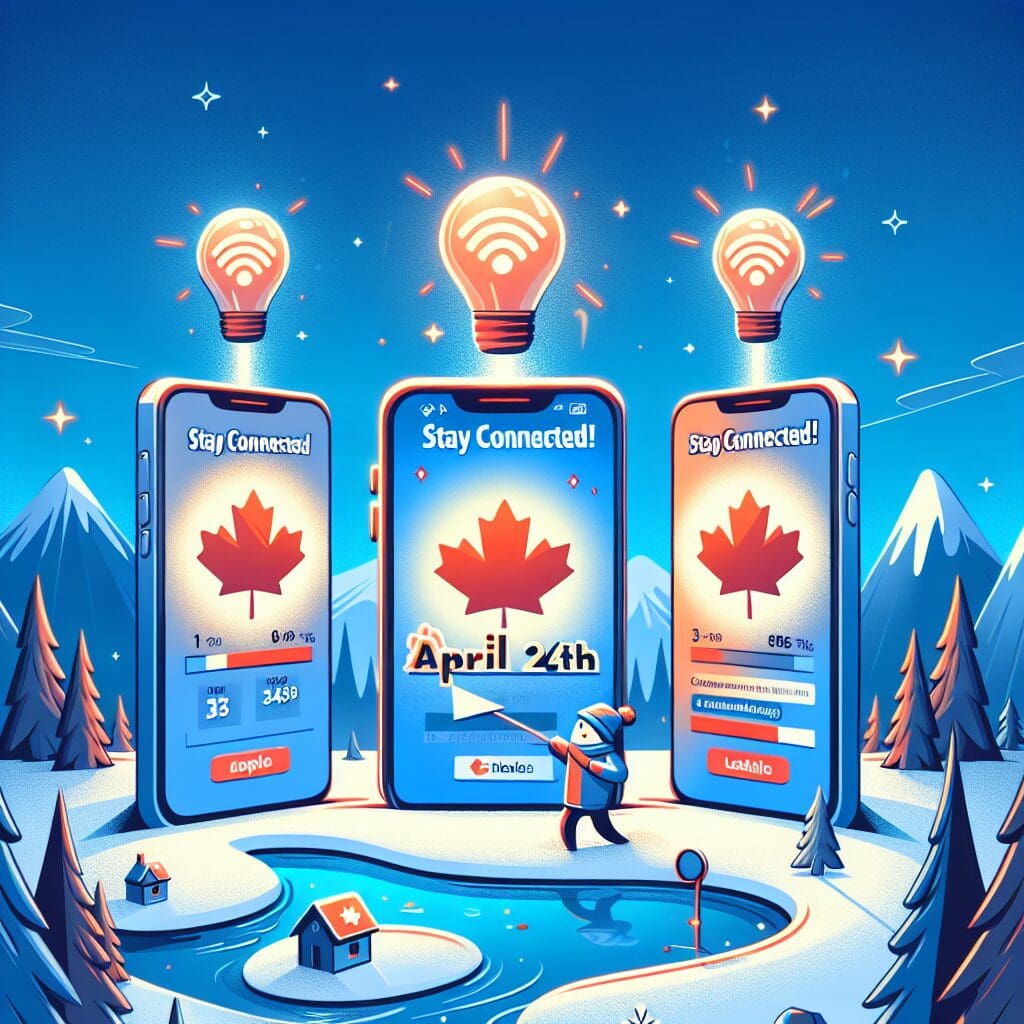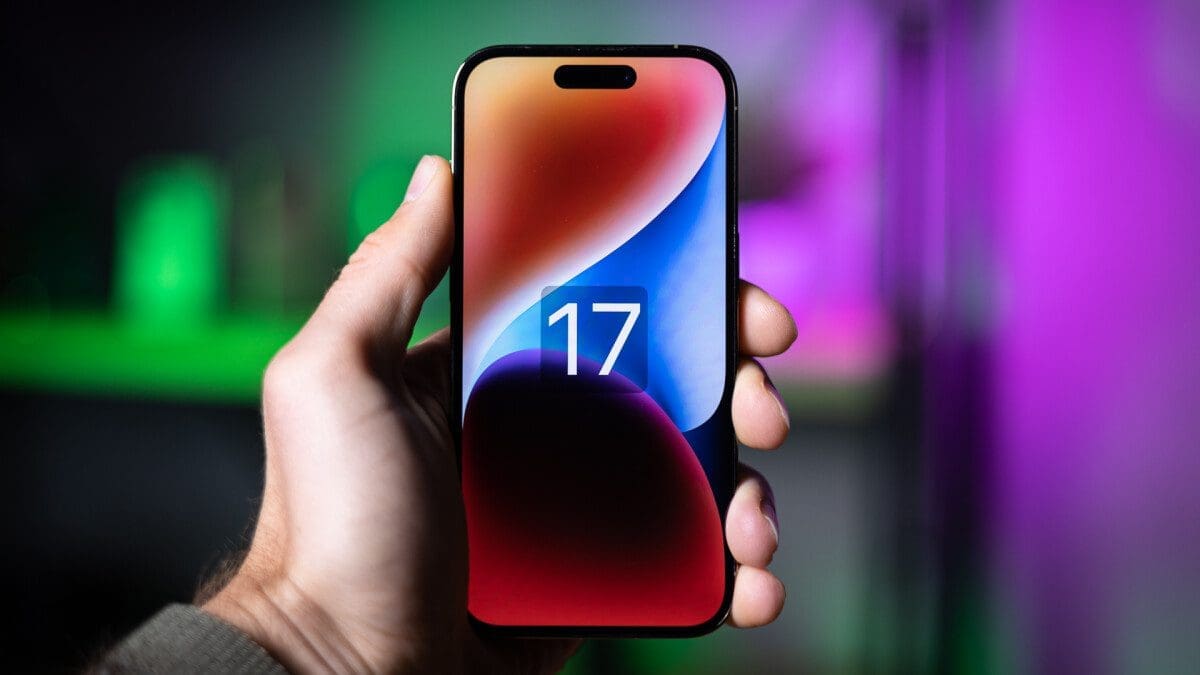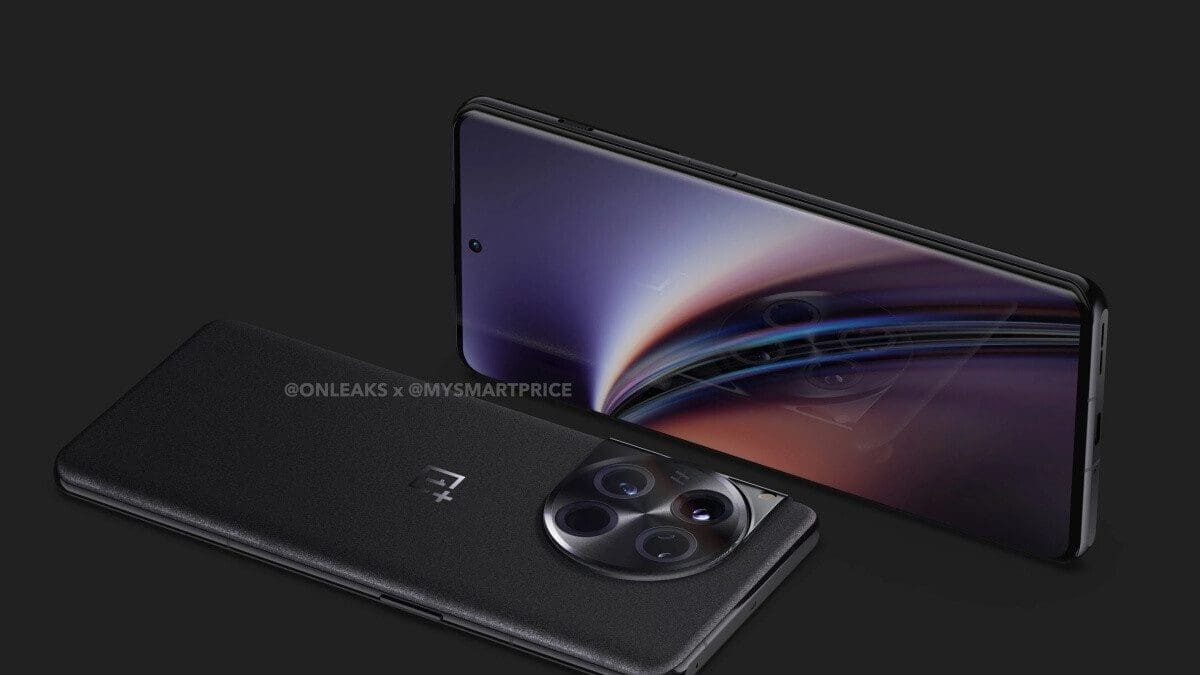In the wake of the pandemic, the City of New York took steps to provide access to 5G technology in underserved neighborhoods by installing towering poles for carriers like T-Mobile and Verizon. This initiative aimed to address the lack of reliable internet access in disadvantaged communities, particularly affecting students during remote learning.
To achieve this goal, New York partnered with CityBridge to set up 200 Link5G towers in low-income areas, similar to the LinkNYC project launched in 2016. However, despite these efforts, both Verizon and T-Mobile failed to install their 5G equipment on these towers as intended.
Currently, only 1% of the 200 Link5G towers are actively spreading 5G connectivity in these neighborhoods. These towers not only offer fast internet but also provide chargers, Wi-Fi hotspots, and access to city services via a tablet for residents.
Unfortunately, this setback has hindered the city’s Internet Master Plan and led to around a million households losing their federal broadband subsidies. While Verizon and T-Mobile have not provided reasons for not utilizing the Link5G towers for 5G deployment, industry experts suggest that the return on investment for wideband 5G points may not be favorable compared to other options.
Despite these challenges, people still find value in using these towers for charging their phones or accessing Wi-Fi services. However, their primary purpose remains uncertain as carriers weigh different deployment strategies for expanding their network coverage.
As one CityBridge official mentioned, while progress is being made in expanding cellular service infrastructure, other services associated with these towers are still available. This ongoing evolution reflects the changing landscape of telecommunications technology and its impact on urban connectivity.
Daniel has been a dedicated tech writer at PhoneArena since 2010 with a deep interest in mobile technology spanning hardware, software, and carrier networks. His expertise extends to areas like digital health, car connectivity, and emerging technologies such as 5G. Outside of work, Daniel enjoys traveling, reading about tech innovations, and reflecting on the ethical implications of our digital future.









